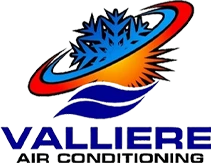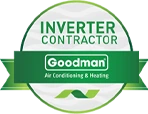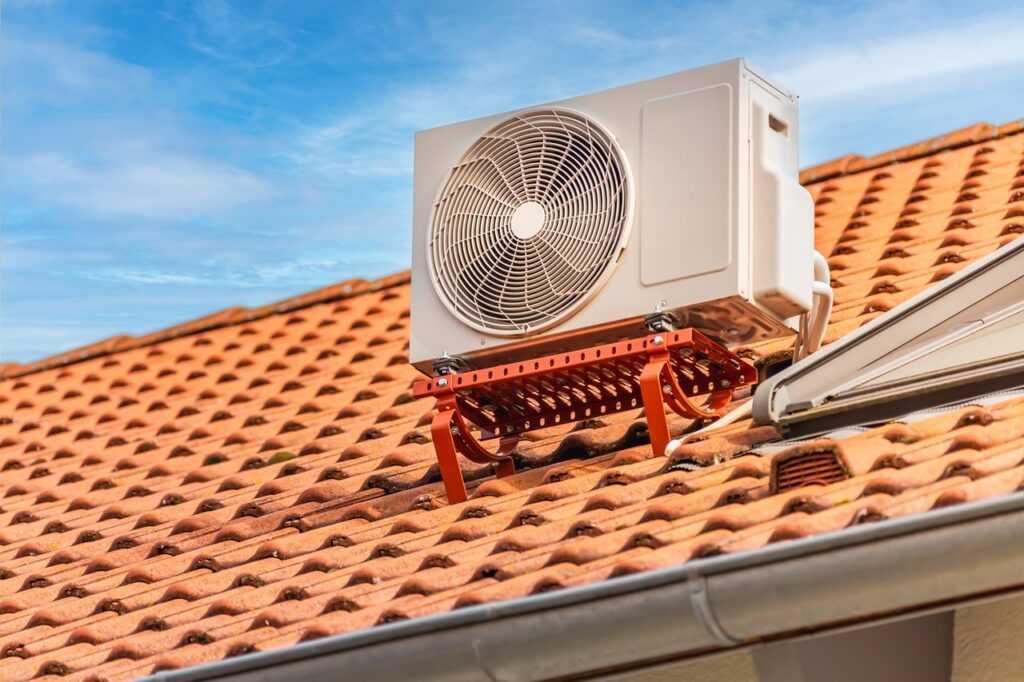
Category: Uncategorized

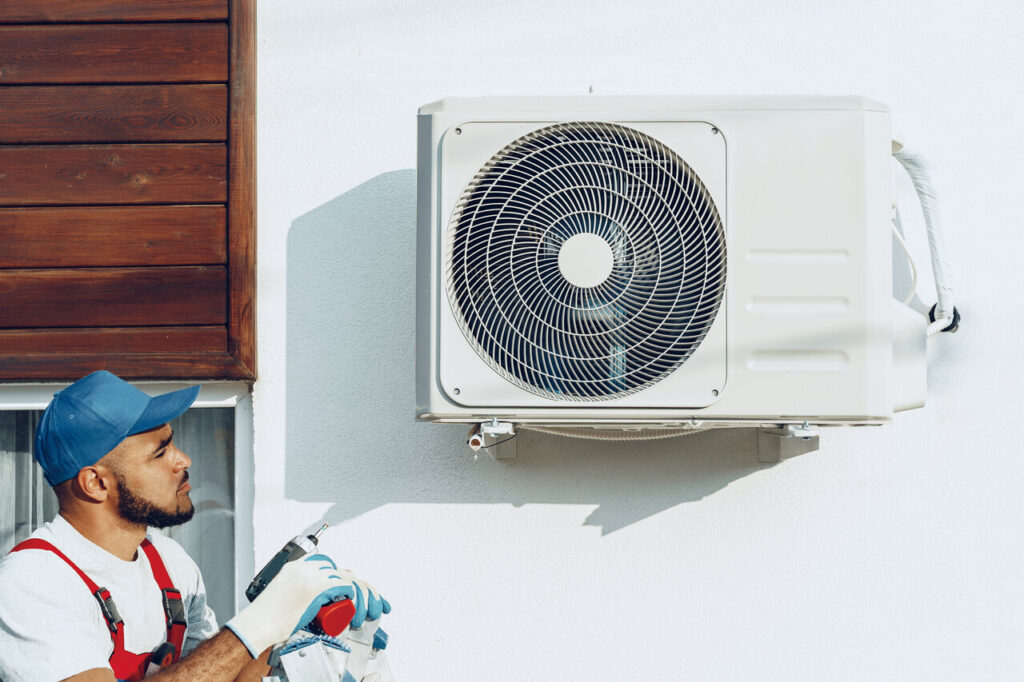
How Does A Heat Pump Work?
Embarking on a journey into the realm of HVAC systems, we delve into the intricate workings of heat pumps—a marvel of energy-efficient technology that can redefine indoor comfort. Whether contemplating a heat pump installation in Magnolia or exploring innovative HVAC solutions, understanding the science behind these systems is crucial. Trust
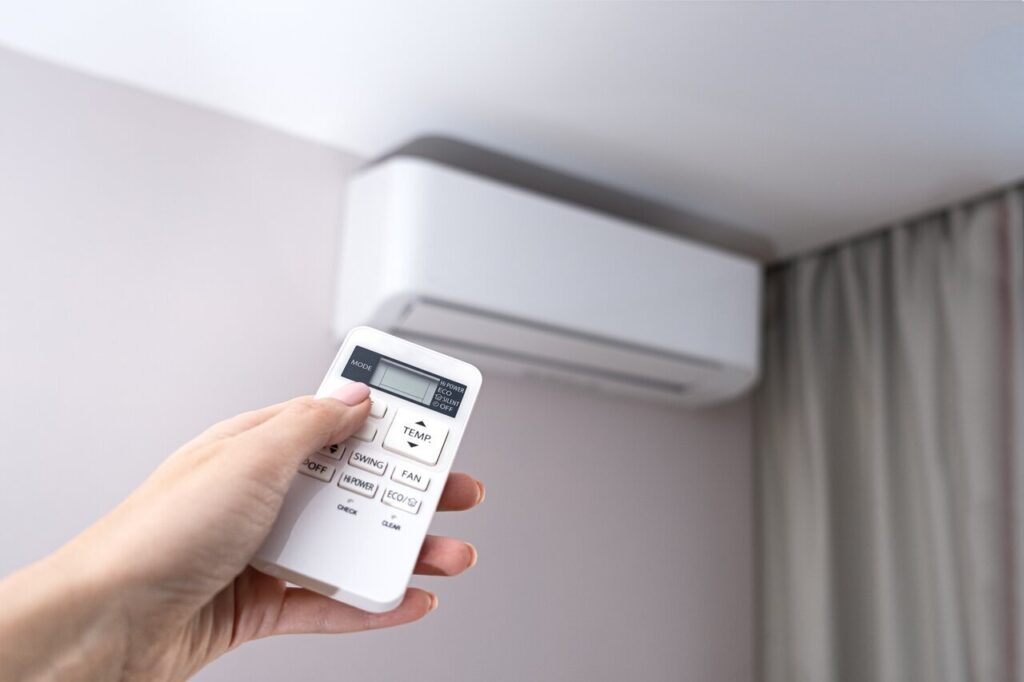
Troubleshooting Guide: Why Your AC Is On But Not Cooling
Is there anything more frustrating on a sweltering summer day than your AC running tirelessly, yet your home feels like a sauna? We’ve all been there, and it’s no picnic! But before you start panicking about costly AC repairs or replacements, let’s take a moment to explore the common reasons
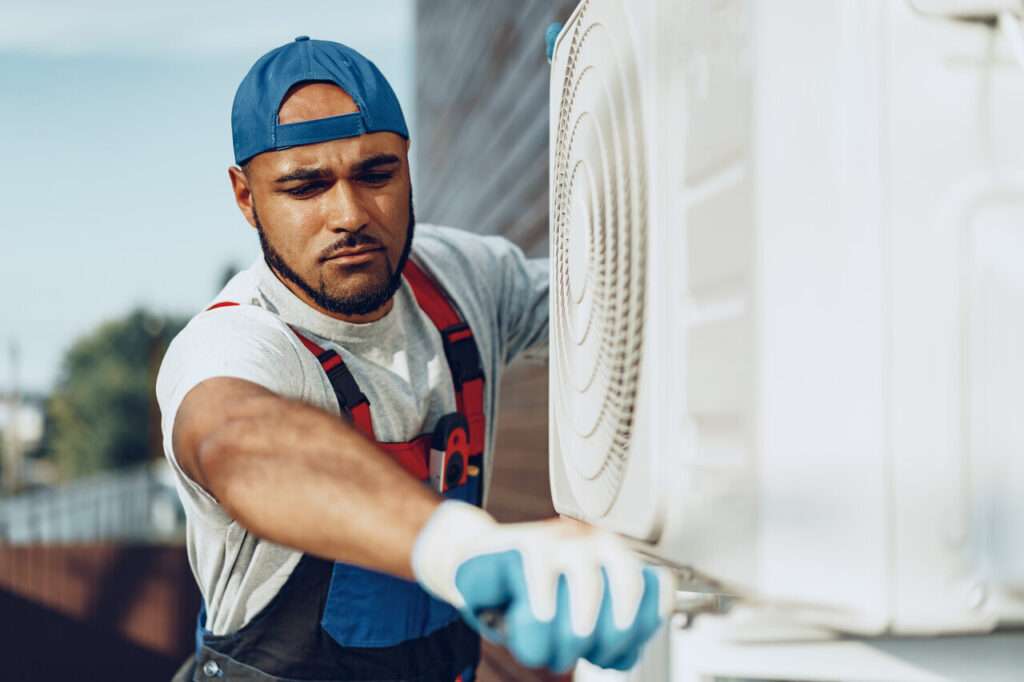
Heat Pump Troubleshooting Guide for Common Texas Issues
When it comes to the scorching Texas heat, your home’s heat pump becomes a lifeline for maintaining a comfortable indoor environment. However, even the most reliable systems can encounter problems from time to time. If you need a comprehensive heat pump troubleshooting guide tailored to common Texas issues, you’re in
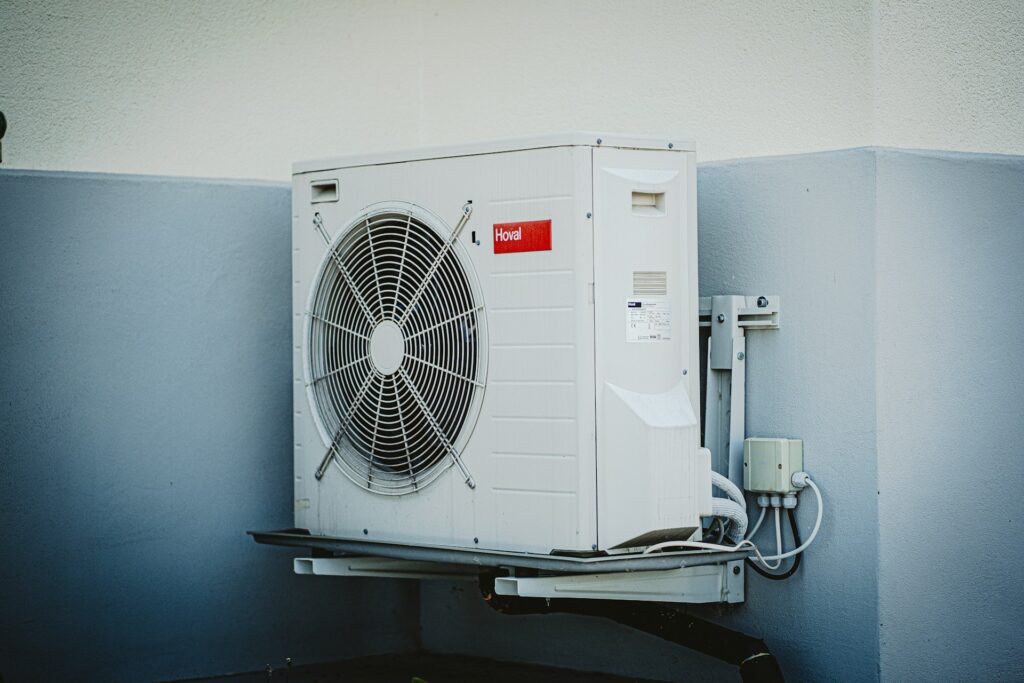
Heat Pump Vs. Air Conditioner: Differences And Similarities
When it comes to cooling, one of the most important decisions you’ll make is choosing between a heat pump and an air conditioner. Both are great options for efficient and comfortable cooling, but they have some essential differences that can help you decide which system suits your needs. At Valliere
How to Do Preventive Maintenance on Your Air Conditioner
As summer approaches, your air conditioner must be in top working condition to avoid unwanted malfunctions and breakdowns. Regular maintenance will extend the life of your AC unit and ensure that it runs efficiently and effectively, saving you money on energy bills and preventing costly repairs. At Valliere Air Conditioning
Benefits Of Replacing Your Air Conditioner
Scheduling an AC replacement can be extremely hectic for the owners as it needs a lot of time and money, and many owners tend to avoid it. However, after knowing the benefits of replacing your old air conditioner, you won’t further delay scheduling an AC replacement in Cypress, TX. Top Benefits Of Replacing


